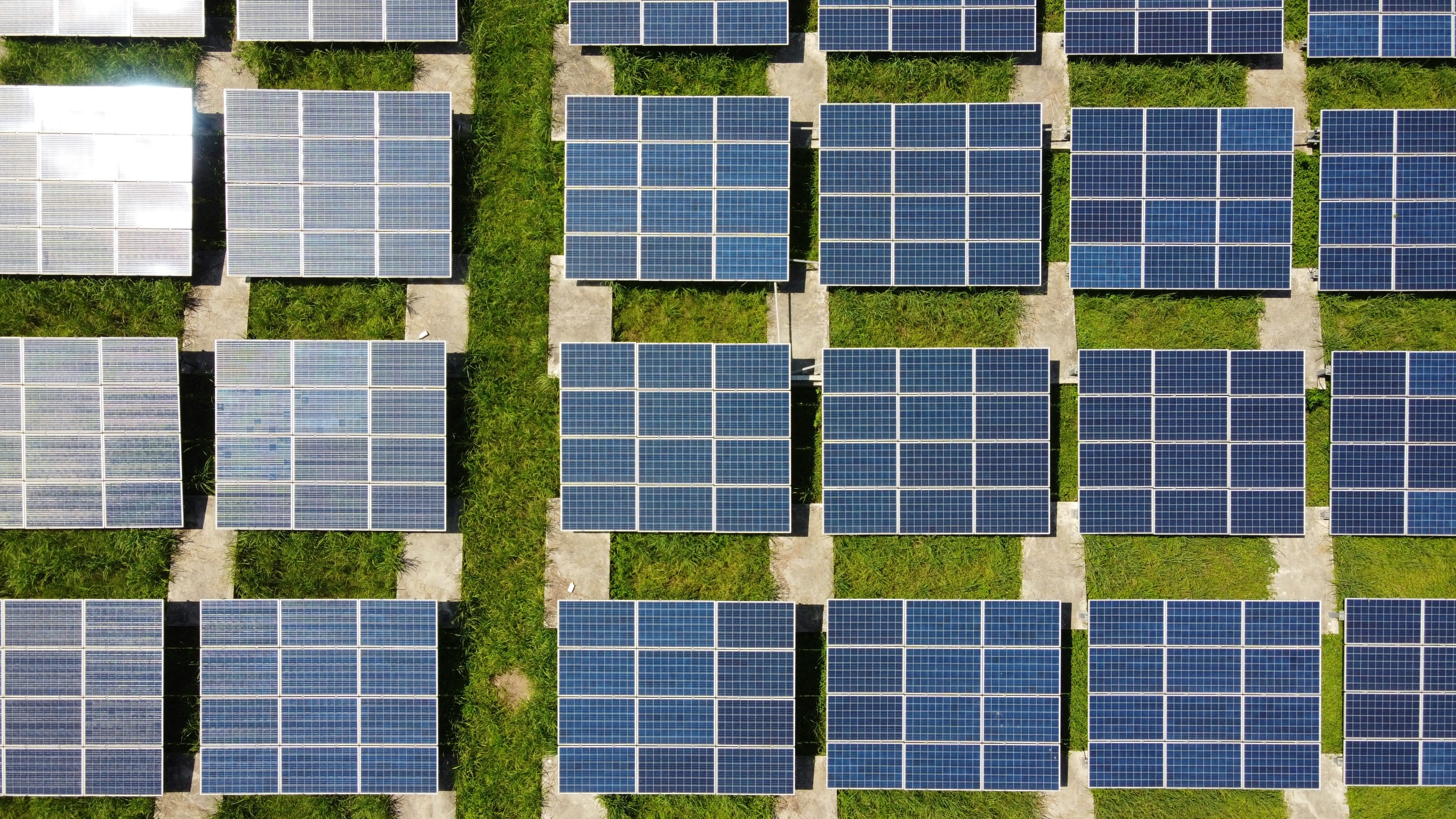Since the end of the New Order regime, the trends of collective violence in Indonesia have been shifting into a more complex trajectory within the society. Most notably, the proliferation of small- scale group violence has become a prevalent and concerning phenomenon in Indonesia. Localized conflict, characterized by its multifaceted causes, has emerged as a consequence of a multitude of factors, including unemployment, inequality, change in sources of income, clustering of ethnic groups, and religious issues.1 This has caused small-scale, collective violence to happen on a widespread scale –– all of which could potentially escalate into mass atrocity crimes.2 The Collective Violence Early Warning (CVEW) was developed by the Centre for Strategic and International Studies (CSIS) Indonesia to monitor this trends of collective violence in Indonesia.3 To accurately capture this trend,4 the CVEW Dataset was built using 73 verified provincial-level news sources from 34 provinces.5
This research report presents an updated account of collective violence incident patterns between January and June 2023. This report analyzes the general trends of these incidents through a thorough examination of its frequency, lethality, geographic concentration, underlying causes, and interventions taken. Additionally, the report also provided three specific analyses, namely on the collective violence incidents in Papua, conflicts between foreign and local workers in Morowali, and the escalating social tensions in Maluku.







